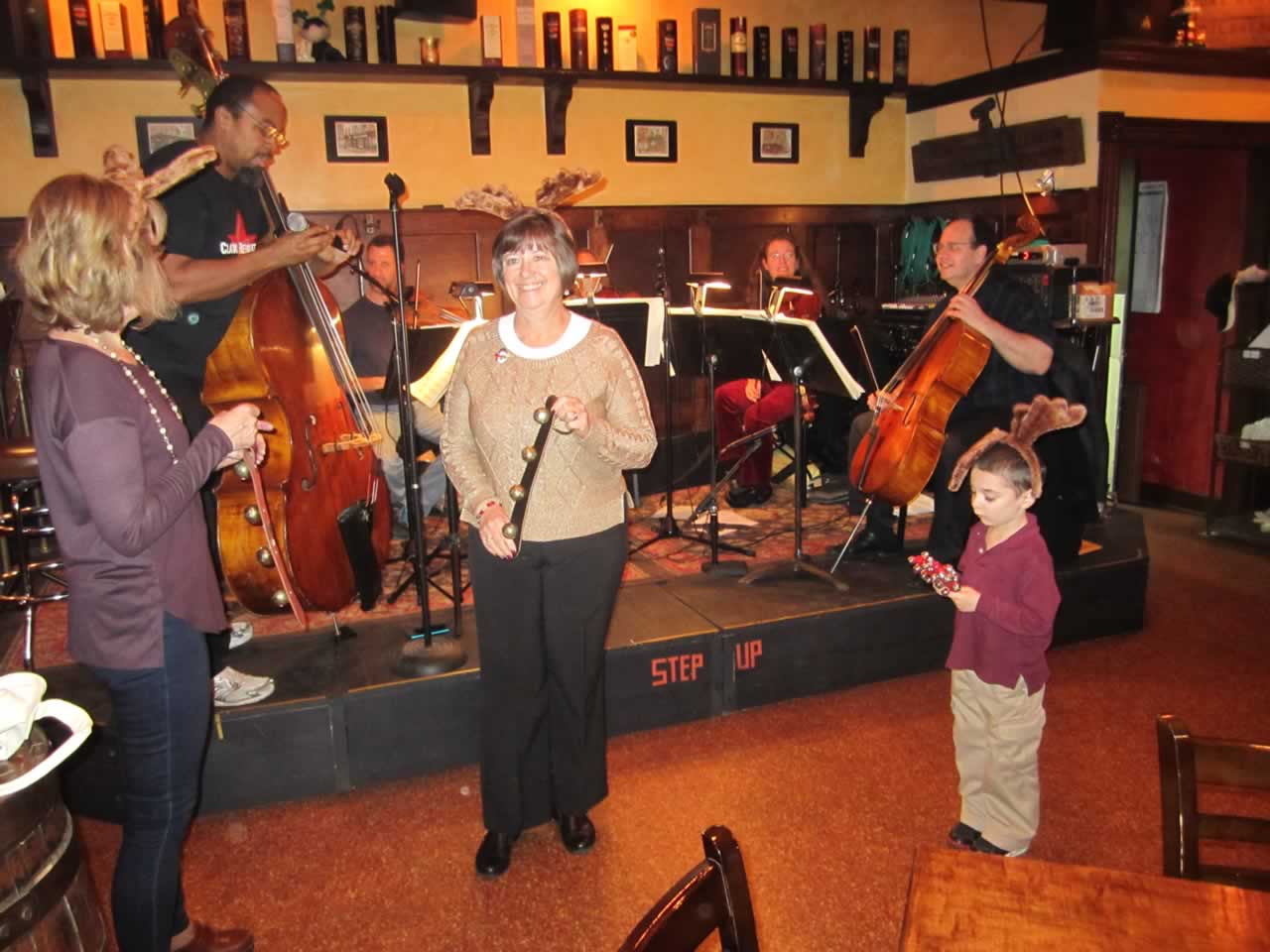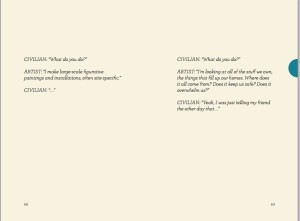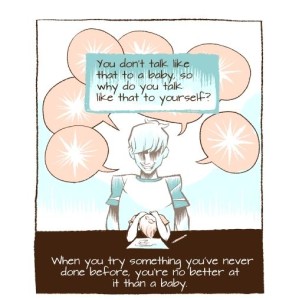I guess because it is the beginning of the school year, a number of online media outlets are devoting some space to talking about the value of different college classes in one’s life. Slate has a whole, well slate, of stories queued up to address about 16 classes across the week.
A few of them address liberal arts classes so they are worth taking note for the perspective they bring to our little corner of existence.
Yesterday, Dan Check, Vice President of the Slate Group promoted Intro to Acting as a way to get you out of your comfort zone.
Throughout life, we all occasionally feel a lack of competence; college is a great time to practice that feeling, to proceed without mastery or certainty or even talent, and to realize both what effort can do, as well as what it cannot. In the technology world, we often talk about being unafraid to fail, and of failing fast, but very rarely do we find opportunities to practice—that is, to seriously try and seriously fail in a situation where the stakes are as low as a single grade in a single semester outside of one’s major.
This idea about permission to fail comes up relatively frequently in conversations among arts people (at least online). Often it is in terms of there not being enough wiggle room in budgets to allow failure.
It is good to be reminded that one of the things the arts can offer to other areas of endeavor is the experience of failing in a low-stakes environment that involves human interaction. I use this term in contrast to competitive environments like sports or individual efforts like learning a language or physical skill (surfing).
Succeeding and failing at each of these obviously have their benefits as well so people who are comfortable in arts situations like acting need to seek out corresponding experiences that take them out of their comfort zone.
In another piece this week, Mark Joseph Stern acknowledged the complexity of feelings involved when faced with people who don’t share the same degree of knowledge and appreciation of visual art. While he says it makes him feel sad when people dismiss a work of visual art at a glance when ignorance is so easily solved, he admits that encountering a work of visual art can be challenging when we are used to television and video explaining themselves to us.
I once saw a woman stop in front of Piet Mondrian’s Broadway Boogie Woogie, scoff, then turn on her heels and walk away. At the time, I judged her. But in retrospect, I suspect she was simply overwhelmed by its skittering vibrancy—and rather than attempt to process her reaction, she got defensive and gave up.
Second, visual art demands analysis. Most movies and TV shows place plot before all else, allowing shallow, distracted viewing. You can watch, and enjoy, almost anything on TV today without thinking about cinematography or set design or most other visual elements. With paintings, you have to do a little more work, …Learning these skills takes practice—not much, but enough to scare away most museumgoers.
As I implied, these articles aren’t just appearing on Slate. On Quartz this week, Brendan Mathews, asserts that the most useful class you can take in college is a fiction workshop.
Before I began teaching, I worked in marketing, digital media and communications. I saw more than one dot-com boom go bust. And at every one of these jobs, I had to consider new ideas from my colleagues—business plans, market analyses, product prototypes, website redesigns—and provide cogent, meaningful feedback. Back then, I counted on a few simple rules that I learned in my own undergraduate creative writing workshops:
“I like it” and “I don’t like it” are equally worthless. When someone asks you to read a story that they’ve poured their heart and soul into, saying you like it or don’t like it tells them nothing….
No playing favorites. No story in a workshop gets a free pass simply because the writer is a senior and you a lowly sophomore. And no story gets shot down simply because the writer’s last story was a tragically ill-conceived mash-up of gothic horror and My Little Pony fan fiction….
No meanies. Students do not eviscerate each other’s stories for sport, nor do they bestow baskets full of rainbows and sunshine on each other. A good workshop teaches you to put your own issues aside and deliver your opinion—especially your highly critical opinion—with some degree of diplomacy…
And no hard feelings. On the flip side, sometimes you’re the one whose story gets a rough reception in workshop. You expected tears of sympathy; instead you got peals of laughter, or even worse, a shrug. What do you do? You take pride in the fact that you put your work out there, you don’t take it personally, and you vow to do better next time…
Like Dan Check’s piece on acting class, Mathews lays this out in the context everyone wants to know about today–how will this class help me get a job?
Yes, there is a need to emphasize art for art’s sake, but art doesn’t serve a single purpose in life or it wouldn’t have any value as a basic element of human identity. It conveys life skills, economic benefits, aesthetic appreciation and exists on its own merits. Articles like these provide tips on making the case we would just as soon be self-evident for art as it is for accounting, biology, finance, marketing, pre-med, etc.













Thanks for what you are doing to bring cultural change to the arts. It is so important to represent everyone.…